Deputy Director of the National Tourism Administration Ha Van Sieu said that Vietnam's rural areas, including mountainous areas, possess diverse resources and have a lot of room to develop agricultural and rural tourism.
Developing agricultural and rural tourism contributes positively to socio-economic development, environmental protection and promoting traditional cultural identity of rural areas and ethnic minorities.

The Ministry of Culture, Sports and Tourism has assigned the Vietnam National Administration of Tourism to carry out the task of researching the "Set of criteria for evaluating rural tourism destinations associated with green growth". This workshop was organized to consult with experts, scientists, and management agencies on the draft set of criteria in the direction of perfecting the set of criteria to be both comprehensive and concise, easy to understand, and easy to apply to rural tourism destinations.
Mr. Dao Duc Huan, Head of OCOP Tourism Department (Central Office for New Rural Development Coordination) shared that on February 22, 2022, the Prime Minister approved the National Target Program (NTP) on new rural development for the period 2021-2025 with 11 components and 6 thematic programs. In particular, for the first time, rural tourism has become a program to direct synchronous and systematic implementation nationwide in association with new rural development.
Along with the OCOP Program, the Rural Tourism Development Program in New Rural Construction (Decision No. 922/QD-TTg dated August 2, 2022 of the Prime Minister) is one of two rural economic development programs in the direction of promoting the potential and advantages of agriculture, craft villages, culture and ecological environment of localities, aiming to improve the quality of material and spiritual life of rural people, contributing to the transformation of the rural economic structure towards multi-value integration, inclusiveness and sustainable development.
After more than 3 years, the Rural Tourism Development Program has been implemented synchronously, with the drastic participation of the entire political system and brought about clear results.
The rural tourism development program in the new rural construction has created a strong shift in awareness and thinking about rural economic development. The program has made an important contribution to the transformation of the thinking of the government, people and businesses from "farming" to "tourism", from single-value production to multi-value integrated rural economic development (agriculture - culture - ecology - services). Thereby, rural tourism is not only a supporting economic sector, but is gradually becoming a spearhead for sustainable development in many rural areas.
Rural tourism models have made a practical contribution to increasing income, creating livelihoods and retaining rural workers. In addition, rural tourism development has impacted the awareness of building a civilized and clean landscape environment; preserving and maintaining traditional cultural identity to create a difference to attract tourists. Thanks to that, the landscape, environment, and spiritual and cultural life of many rural areas have changed significantly, becoming "livable countrysides".
Thus, up to now, it can be affirmed that the OCOP Program and the Rural Tourism Development Program are very suitable orientations to promote the strengths and advantages of natural conditions and culture of localities... in rural economic development, associated with new rural construction, which have been proactively and effectively and successfully implemented by all localities.
In the next phase of 2026-2030, rural tourism continues to be identified as a component of the National Target Program. The set of criteria for evaluating rural destinations associated with green growth is built very promptly and in the right direction. Once completed and promulgated, it will be synchronized with the set of criteria for evaluating the new rural program.
Mr. Hoang Hoa Quan (Deputy Head of Tourism Department, Vietnam National Administration of Tourism) presented the content of the Draft Set of Criteria for Evaluating Rural Destinations Associated with Green Growth, including 36 criteria divided into 6 groups: Infrastructure Criteria Group, Tourism Resources Criteria Group, Tourism Products and Services and Cultural Identity Criteria Group, Management Criteria Group, Economy, Livelihoods, Policies Criteria Group, Growth Efficiency Criteria Group.
The criteria are evaluated on a scale with a maximum score of 100. Destination management units and commune authorities use the criteria as a tool for self-assessment and planning for sustainable rural tourism development. Provincial authorities use the criteria as a set of indicators to evaluate and rank green tourism villages. National authorities use the criteria as a basis for comparison with the criteria of GSTC, ASEAN, UN Tourism, management and honor.
During the development process, the research team grasped the practical situation through working with 6 local management agencies, surveying 20 rural tourism destinations. The team also studied the set of criteria for evaluating tourist destinations, the set of criteria for evaluating tourist destinations towards green growth, the criteria for "World's Best Tourist Village" of UN Tourism, the criteria for "ASEAN Green Tourism Award" and synthesized, compared, and synchronized them into the set of criteria for evaluating rural tourism destinations associated with green growth.
Delegates attending the workshop said that rural tourism has a lot of potential but still faces many shortcomings and limitations. The planning of agricultural and rural tourism is still lacking in focus, not suitable to the potential advantages and characteristics of many localities. Some rural tourism models are still spontaneous, small-scale and overlapping, not exploiting the strengths of natural conditions, culture and agricultural resources of the locality. The quality of products and services has not met the requirements, tourism products are still monotonous, spontaneous and seasonal. Tourism activities still lack connection, linking points, and tourism routes are limited, especially inter-provincial and inter-regional connections...
Regarding the Criteria Set, the local management agency, based on the reality of rural tourism development in the locality, proposed to add criteria on planning, digital transformation, traffic infrastructure, assessment of people and tourists' satisfaction, food safety and hygiene, creativity and difference... as well as adjust the names of some component criteria. In addition, it is hoped that there will be a set of identification and recognition labels associated with the responsibilities and interests of the evaluated unit.

From an expert perspective, Dr. Vu Nam (National Economics University) suggested that the research team arrange the component criteria more appropriately and agreed with local opinions. Associate Professor Dr. Pham Hong Long (University of Social Sciences and Humanities) suggested that the criteria should more clearly demonstrate sustainability and green growth, such as the criteria for using local, environmentally friendly materials and adapting to climate change. At the same time, it is necessary to promote the role of people in implementing the set of criteria as well as the need for criteria for tourist satisfaction.
Representatives of the Tourism Association and tourist attractions said that it is necessary to specify cultural standards (teaching activities, local art clubs, preserving the culture of ethnic communities), adding community management factors, community and tourist happiness index, green experience criteria, accessibility criteria for people with disabilities, etc.
Source: https://baotintuc.vn/xa-hoi/xay-dung-bo-tieu-chi-danh-gia-diem-den-du-lich-nong-thon-gan-voi-tang-truong-xanh-20251115152226590.htm


![[Photo] Prime Minister Pham Minh Chinh meets with representatives of outstanding teachers](https://vphoto.vietnam.vn/thumb/1200x675/vietnam/resource/IMAGE/2025/11/15/1763215934276_dsc-0578-jpg.webp)

![[Photo] General Secretary To Lam receives Vice President of Luxshare-ICT Group (China)](https://vphoto.vietnam.vn/thumb/1200x675/vietnam/resource/IMAGE/2025/11/15/1763211137119_a1-bnd-7809-8939-jpg.webp)

![[Photo] Panorama of the 2025 Community Action Awards Final Round](https://vphoto.vietnam.vn/thumb/1200x675/vietnam/resource/IMAGE/2025/11/15/1763206932975_chi-7868-jpg.webp)



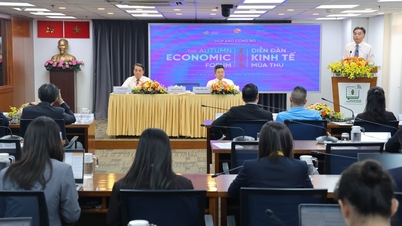
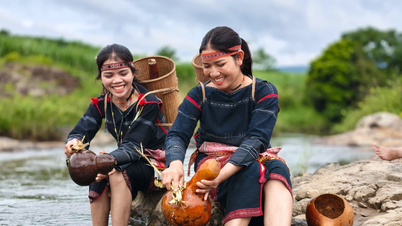

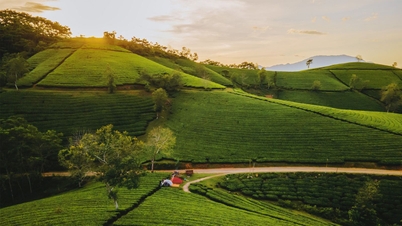


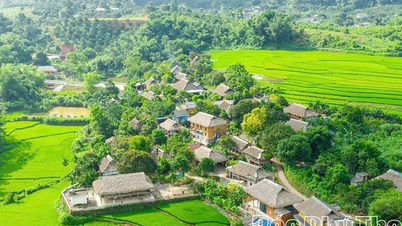





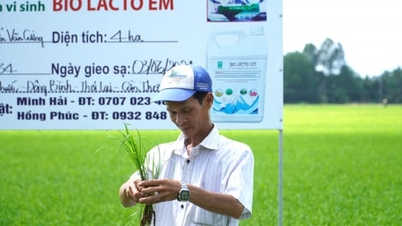
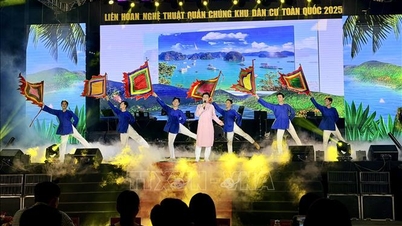














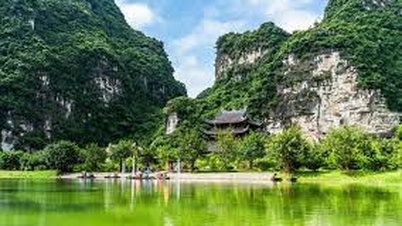


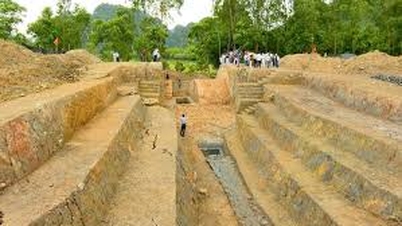

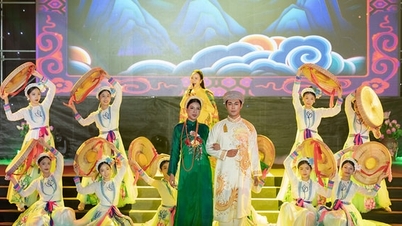








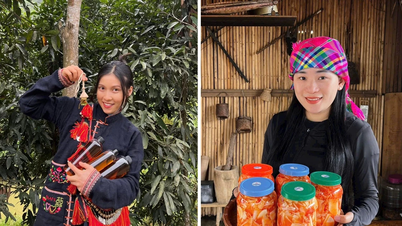





















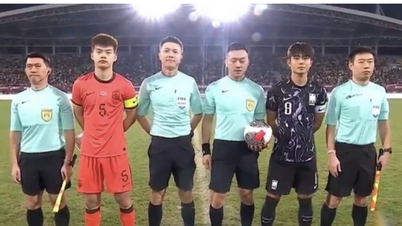







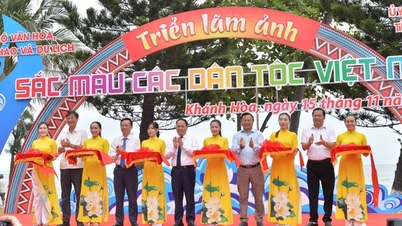


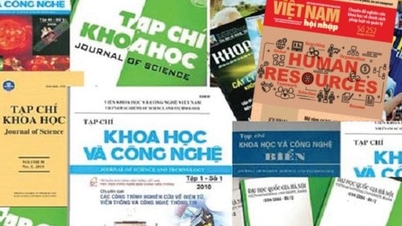


















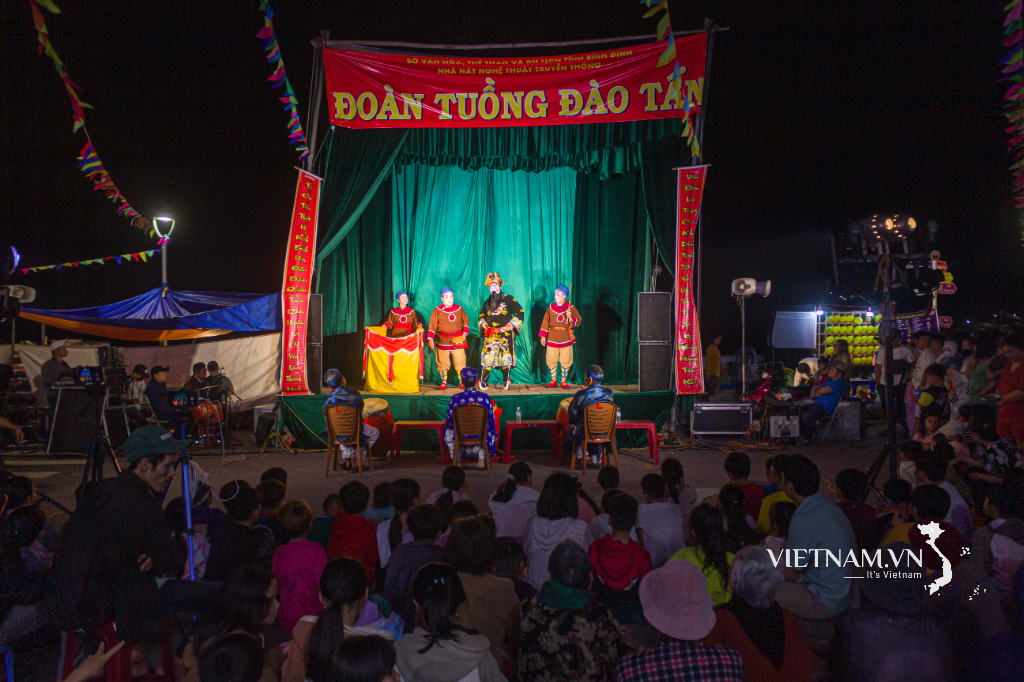



Comment (0)